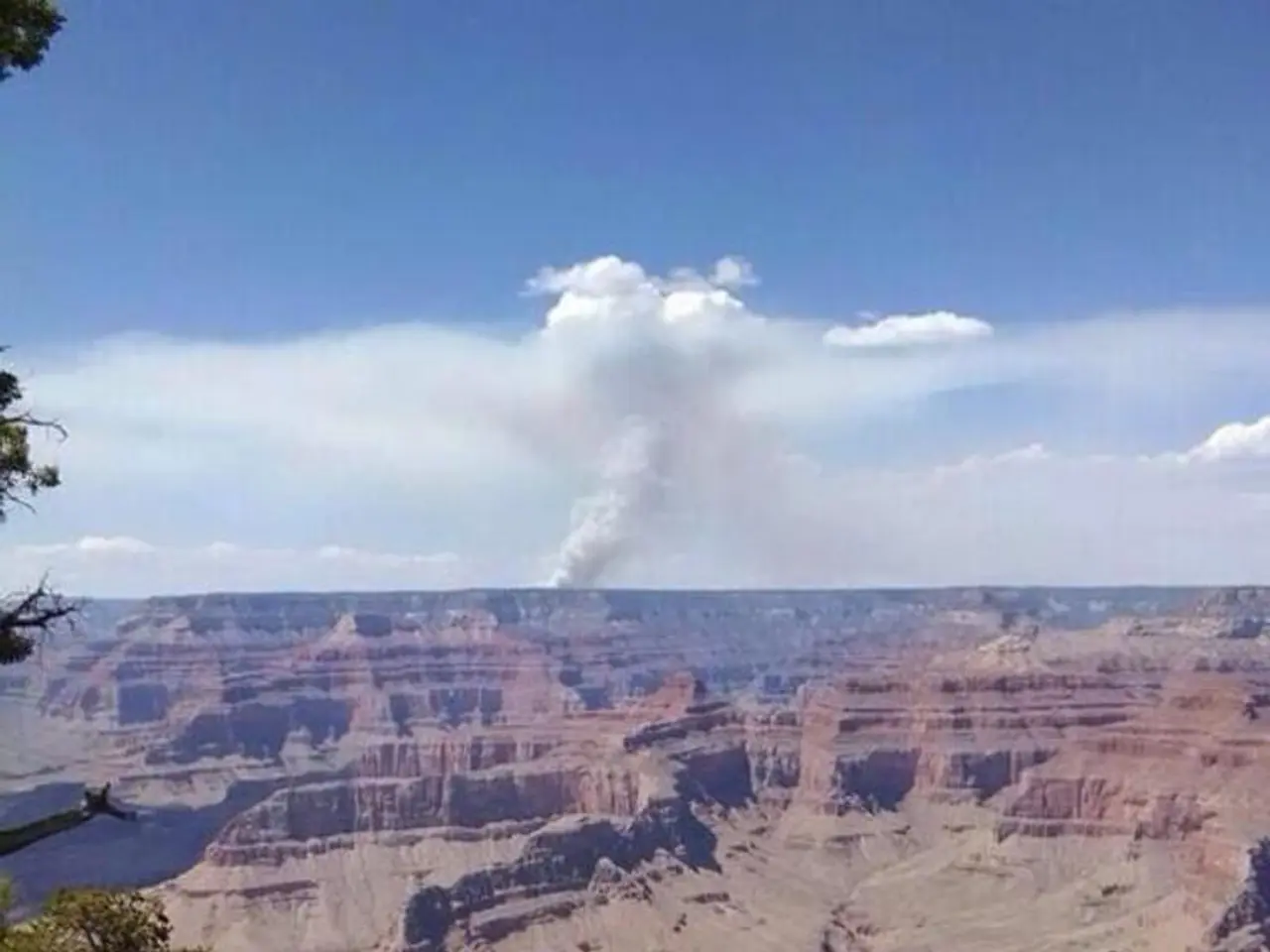Kuwait endures searing 13-day heatwave, as temperatures soar to 52 degrees Celsius.
In the heart of summer, Kuwait is currently grappling with a significant weather event known as the 'Fire of Summer', or 'Jamrat Al Qayz'. This period, lasting approximately 13 days from late July to early August, is marked by extreme high temperatures that soar around 50–52°C (122–125.6°F).
During Jamrat Al Qayz, Kuwait experiences some of the hottest days of the year. The weather is characterized by intense dry heat with very low chances of rainfall and increasing humidity, especially near coastal areas. This phase of the summer signifies the peak of the annual heat cycle across the Arabian Peninsula, where temperature extremes of 50°C or more are common, particularly in interior locations like Kuwait, parts of Saudi Arabia, and Iraq [1][4].
Compared to other periods in the Arabian Peninsula, Jamrat Al Qayz is marked by the prominence of hot desert climate conditions with minimal rainfall and harsh daytime heat. Coastal regions, however, start experiencing rising humidity after this peak heat phase, due to southeasterly warm and damp winds starting around July [1][4].
Following Jamrat Al Qayz is another distinct period called 'Al Kulaibin', a time marked by extreme humidity. After Al Kulaibin, temperatures will gradually ease during 'Suhail' [1][3][4][5].
Authorities are urging residents to take necessary precautions during the intense heat period, advising them to limit outdoor exposure and stay hydrated. The heatwave, which began on Tuesday, is expected to last through August 10 [2].
It's important to note that 'Al Mirzam', another significant weather event in the region, traditionally signals the start of date palm harvesting, a key seasonal event in the region. Al Mirzam derives its name from the star Sirius, the brightest star visible in the night sky during this period [3].
References:
- Kuwait Meteorological Centre
- Al Ojairi Scientific Centre
- Gulf News
- Climate Change: Global Perspectives
- Arabian Desert
Scientists predict that climate-change may exacerbate the intensity of upcoming 'Fire of Summer' events in Kuwait, leading to potential environmental-science concerns. During the 'Al Kulaibin' period, following 'Jamrat Al Qayz', extreme humidity is experienced, while weather patterns in the subsequent 'Suhail' gradually ease temperatures.








